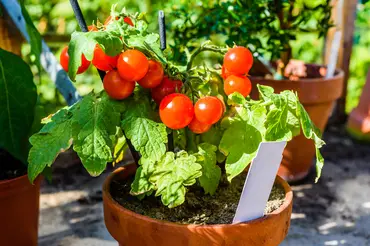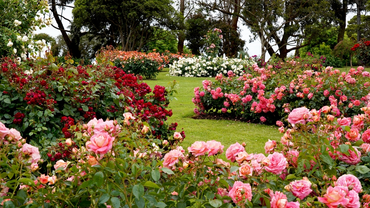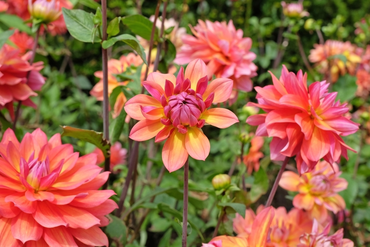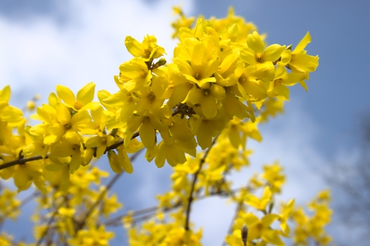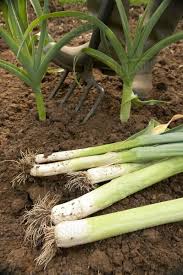 Leeks are perhaps the best winter crop we could ask for. They are amongst the hardiest winter crops on offer and surviving all but the harshest winters completely unscathed. Today we take a look at leeks and offer some tips to growing them.
Leeks are perhaps the best winter crop we could ask for. They are amongst the hardiest winter crops on offer and surviving all but the harshest winters completely unscathed. Today we take a look at leeks and offer some tips to growing them.
Varieties
Aside from wild variants there are two main types of leek ñ each with a number of varieties.
Early Season Leeks
Early season leeks are harvested between 50 and 100 days after planting. These early season leeks are much smaller than their more common counterparts and are much less resilient to frosts. That said they tend to be easier to grow than late season leeks ñ and you donít have to blanch them when it comes time to cook! Varieties of early season leeks include King Richard, Varna and Columbus.
Late Season Leeks
Late season leeks can be harvested up to around 210 days after planting (though are generally harvested earlier). These varieties are incredibly resistant to cold and frost which means you can be harvesting them in the middle of winter without problems. Varieties of late season leek include Oarsman, Bandit and Titan.
When to Plant
Early season leeks are planted in the spring across the country. For late season leeks we can plant them up until late summer here in the south (preferably May-July).
Germinating
Leeks can be germinated in the ground but generally they perform much better germinated indoors or under glass. 6 by 4 modules are perfect for bringing them on and weíd recommend putting two seeds into each module with some lovely compost. All varieties can be planted once they are around half a cm in diameter (roughly a strawís thickness).
Where to Plant
Leeks are fairly hardy but they perform best in a sunny, sheltered site with well-drained soil. Ideally compost should be mixed into your soil the autumn before planting as leeks benefit hugely from nutrient rich soil. To prepare the ground loosen the earth then make holes to place the leeks into. These holes should be roughly six inches deep and spaced at least 10, preferably 14, inches apart. Rows should also be at least 14 inches apart to prevent disease spread. Make the holes using a dibber. Separate the leeks and place one in each hole. Afterwards puddle the holes by filling them with water before gently refilling the holes with soil.
Caring for your Crop
Leek beds should be kept well weeded as the plants can suffer from competition. They also require a regular supply of water ñ they should be sprinkled with a watering can whenever it hasnít rained. Ideally you should also add fertilisers such as fish, blood & bone (if organic) or liquid feeds such as Miracle Gro or Phostrogen as leeks are nitrogen intense.
Harvesting
You can harvest leeks as soon as they get to a good size and continue harvesting well into the winter months ñ one of the reasons we canít recommend leeks enough!

